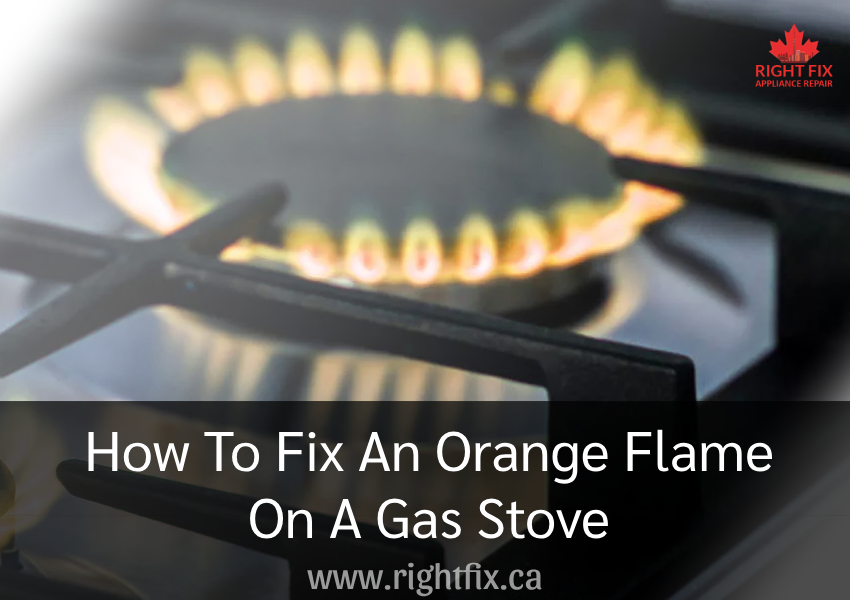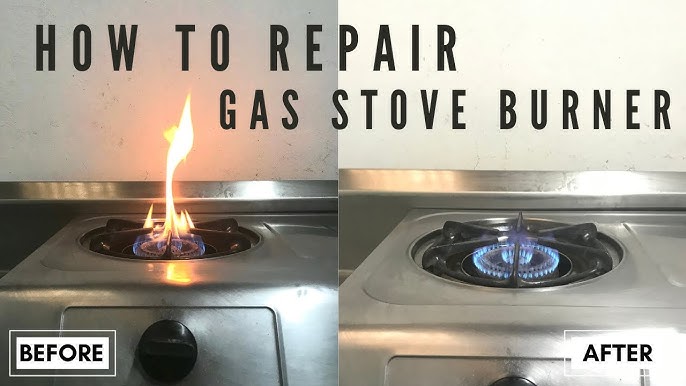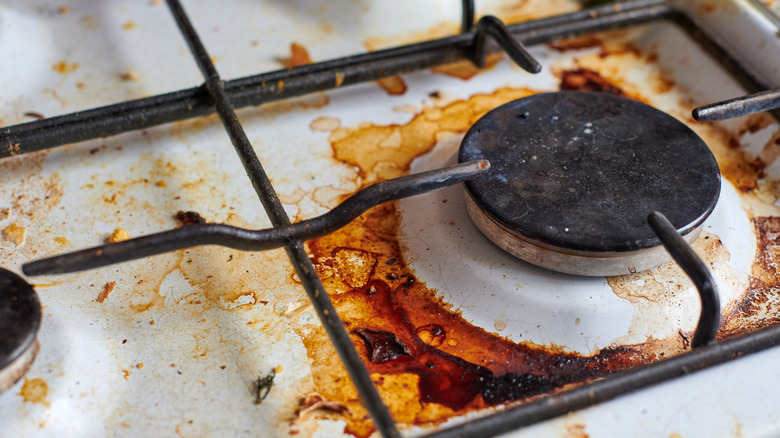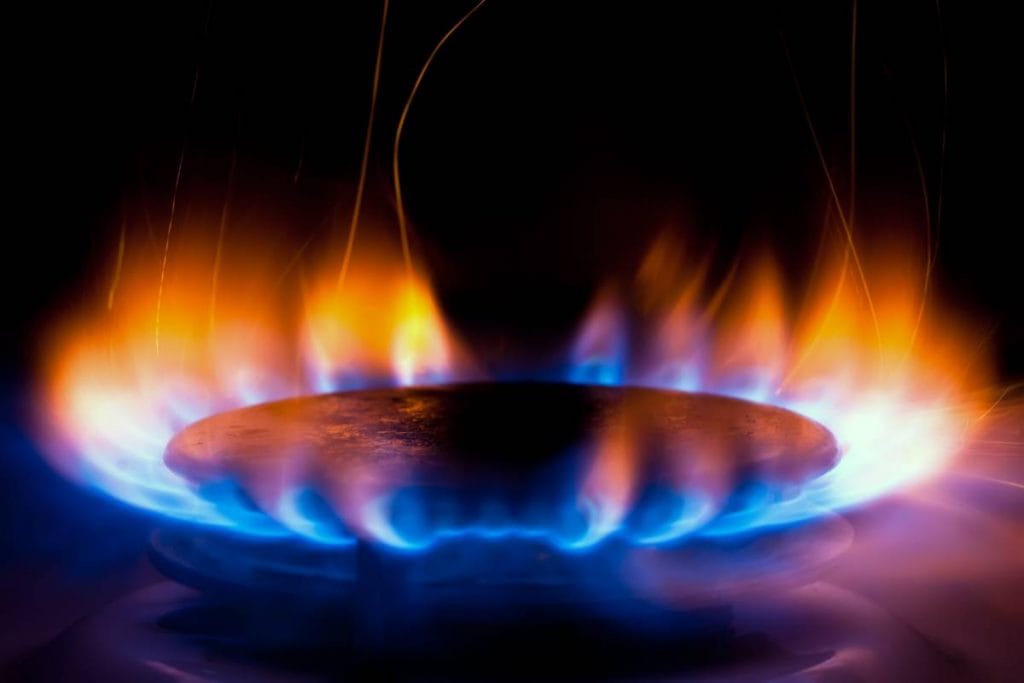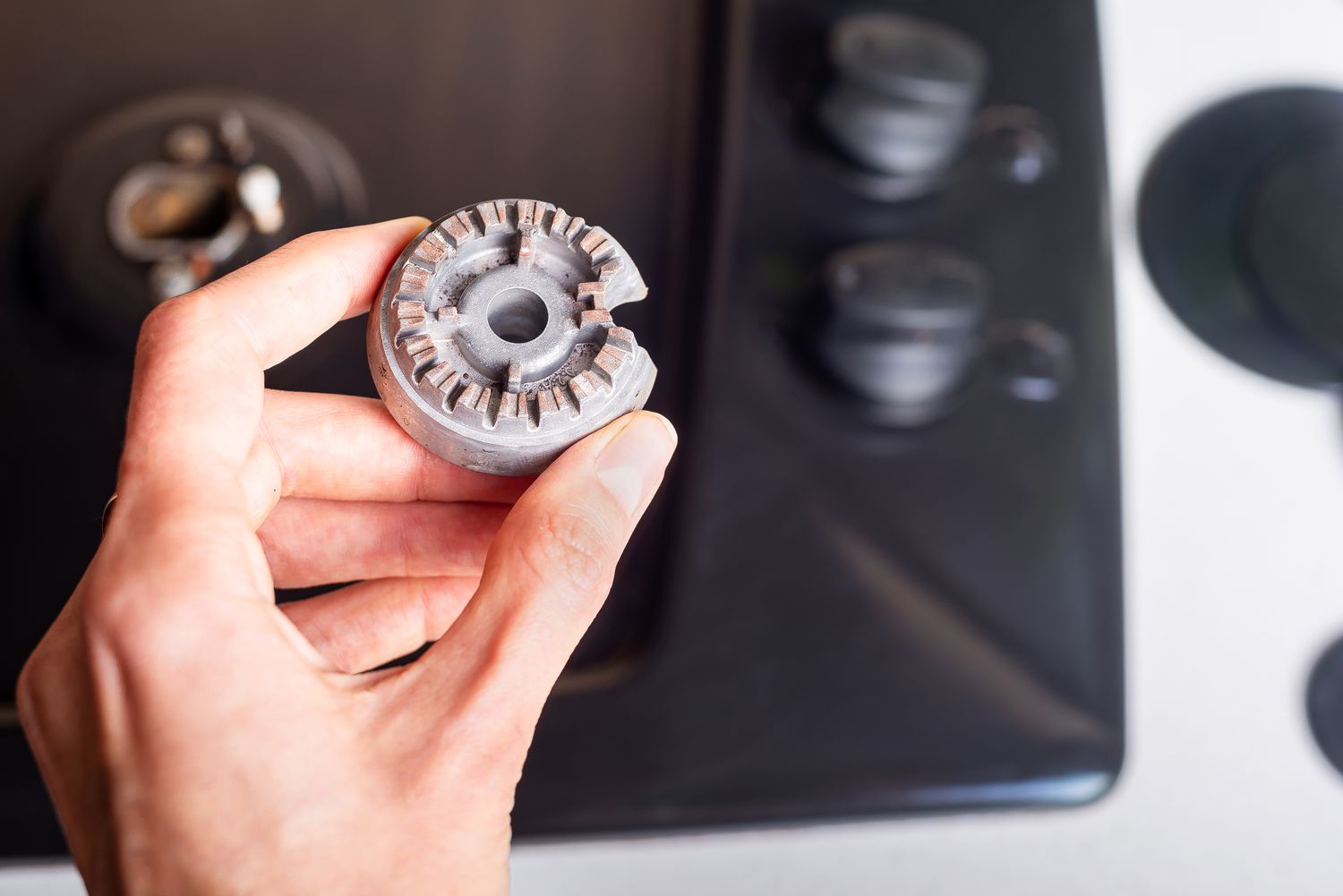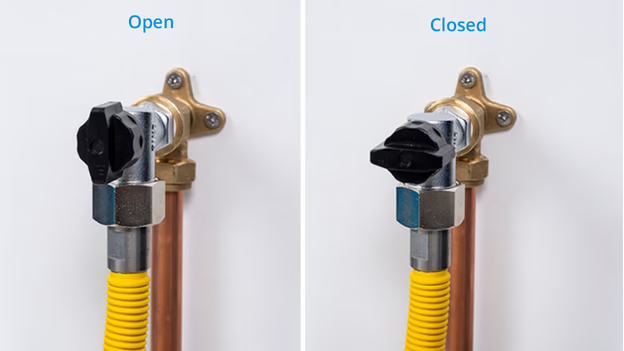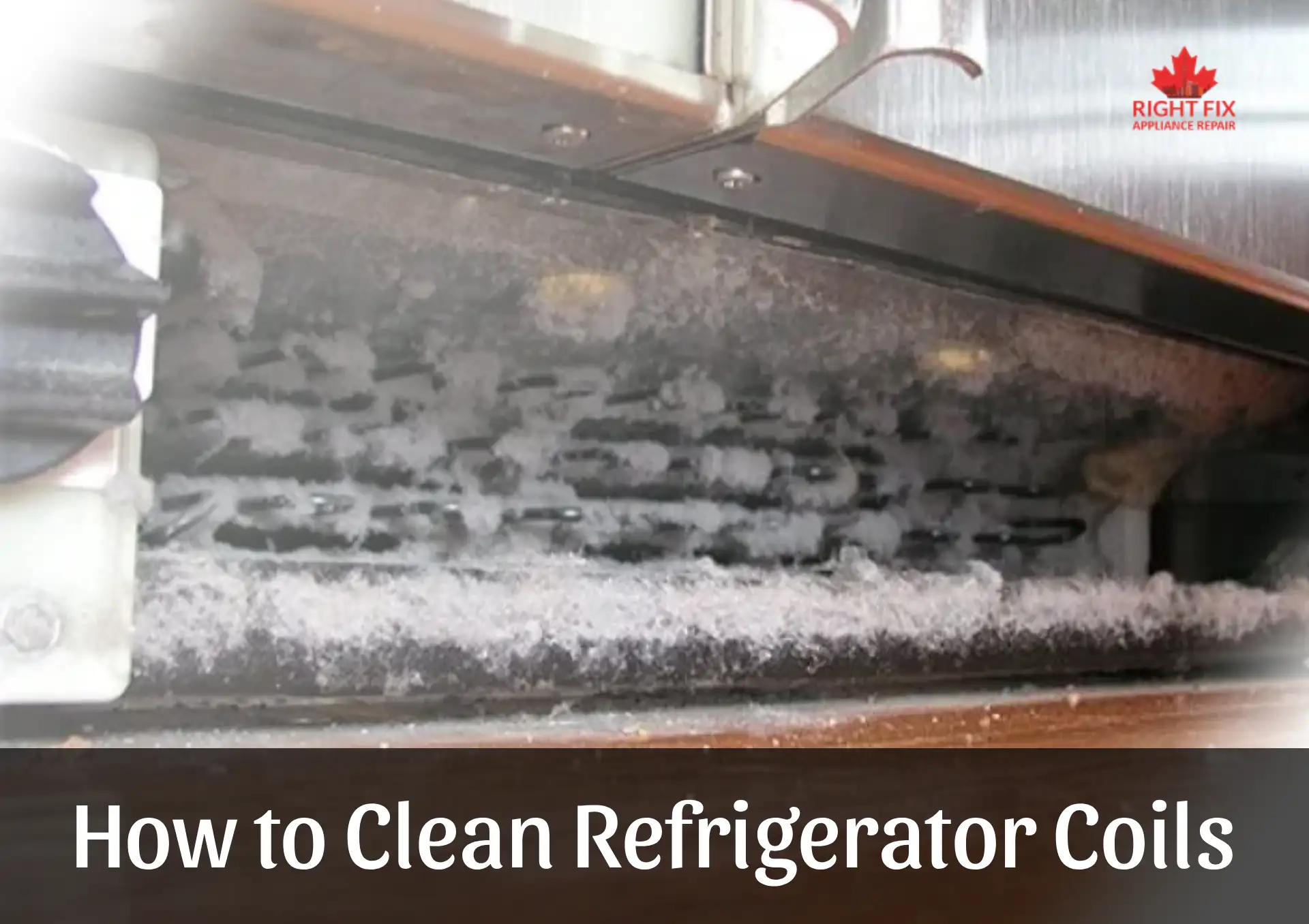How To Fix An Orange Flame On A Gas Stove?
Any home chef may find an orange flame on a gas burner to be frightening. This strange tint usually suggests that your equipment is broken in some kind. Usually, a blue flame from a gas stove indicates that the gas is burning totally and effectively. Should you see an orange flame, you must take quick care of the problem. This tutorial will go over the typical causes of orange flames, their consequences on stove performance, and detailed directions on how to resolve the issue. Contact professional electric stove repair technician from RightFix.
Common Causes of Orange Flames on Gas Stoves
Several reasons might cause your gas stove's orange flame. Knowing these elements helps you identify the issue and choose a solution.
Improper Air-Gas Mixture
On a gas stove, an improper air-to---gas mixture is one of the main causes of an orange flame. Insufficient air-gas mixing may cause incomplete combustion. In this case, the flame burns yellow or orange instead of blue.
Dirty Burner Components
Dirt or waste accumulation in the burner ports is another often occurring problem. Grease, food particles, and other wastes may choke the burner over time, therefore compromising the gas flow and influencing combustion. The flame may vary in hue when the gas burns improperly.
Incomplete Combustion
Incomplete combustion occurs when gas lacks oxygen. Other issues like blocked burners or gas supply issues may cause this. An orange flame indicates unequivocally that your stove is not running at maximum efficiency.
Contaminated Gas Supply
Sometimes the gas itself might have contaminants in it. Natural gas should be pure and devoid of compounds that can compromise combustion. Should the gas supply be contaminated, the flame may shift in color—including orange tones.
Effects of an Orange Flame on Stove Performance
Not only does an orange flame on your gas stove change its look, but it also has functional consequences.
-
Inefficiency: An orange flame suggests incomplete combustion, so your gas's full energy production is not being obtained. Higher energy expenses might result from this inefficacy.
-
Safety Concerns: In incomplete combustion, carbon monoxide—a colorless, odorless gas harmful to human health—can result. Should you see an orange flame, it is vital to look into the source to guarantee safety.
-
Damage to Cookware: Additionally damaging your pots and pans might be the too strong heat generated by an orange flame. Cookware left at constant higher temperatures might deform or discolor.
Signs of Incomplete Combustion in Gas Appliances
Look for these warning indicators to find out if your gas stove is running incomplete combustion:
-
Orange or yellow flames: Clear indication of improper combustion is orange or yellow flames.
-
Soot build-up: Residue surrounding a stove or on cookware points to ineffective burning.
-
Burner hissing or popping noises: Unusual sounds might indicate problems with gas flow in burners hissing or popping.
Should you see any of these indicators, you must act to correct the problem.
How to Fix an Orange Flame on Your Gas Stove
On a gas stove, addressing an orange flame problem calls just a few simple actions. This is a tutorial to enable you to quickly address the issue.
Cleaning Your Burner and Gas Ports
Cleaning the burners and gas ports comes first in addressing an orange flame. Here's how to do it:
-
Turn off the stove and leave it to cool entirely.
-
Remove the stove top burner caps. Please be careful not to break any parts during removal.
-
To get any trash out of the burner ports, gently brush or toothpick them. Make sure every port is unobstructed and clear.
-
To remove grease and grime from the burner surface, wipe it with a moist cloth.
-
To see whether the flame color has changed, reassemble the burner caps and switch on the stove.
Checking Your Gas Supply and Air Mixture
Should cleaning be ineffective, you may have to change the air-to---gas ratio. Here's how to investigate the gas supply:
-
Look for any obvious leaks or damage to the gas line. Should you believe there is a gas leak, you must immediately cut off the supply and see a specialist.
-
Change the air shutters found close to the burner base. These shutters regulate the gas-merged air volume. Turning the shutter may boost airflow, which might aid to get a suitable gas combination.
-
Once again test the flame. Should it still be orange, you might have to change the air shutter more till you get a blue flame.
Troubleshooting Your Gas Stove Settings
Sometimes poor stove settings might compromise flame color. Here are some troubleshooting techniques:
-
Verify the burners' alignment accurately. Out of position objects might affect the gas flow.
-
Look at the ignition settings. Sometimes erratic flame behavior results from the igniting mechanism of the stove.
When to Call a Professional Gas Stove Technician
Although simple cleaning and changes can help many problems, others need expert assistance. Should you find ongoing issues with your gas stove, you may want to give a professional a call.
Identifying Dangerous Signs of Gas Malfunction
Watch for these signals suggesting a major gas leak:
-
Strong gas odor: You have an emergency if you smell gas. Clear the area and call either a gas professional or emergency services.
-
Flames that change color frequently: If your flames flutter between colors, it might indicate more major problems with the appliance or gas supply.
-
Unusual noises from the stove: Sounds like hissing or popping might indicate gas flow issues that need quick treatment.
Conclusion
Dealing with an orange flame on a gas stove may be alarming, but knowing the reasons and fixes can help bring safe and effective operation back on line. Preventing this problem depends much on routine maintenance including burner cleaning and guarantee of appropriate gas flow. To guarantee your safety and the effectiveness of your gas stove, however, should the issue continue or if you come across any indicators of danger, you should consult a specialist. Maintaining a dependable and safe cooking environment in your house depends on your being alert and proactive.
Is your oven making strange noises? Discover the potential causes and how to resolve them in our detailed guide: Oven Making Noise. Keep your kitchen quiet and your oven running smoothly!
Location we Service
- Ajax
- Alliston
- Aurora
- Bolton
- Bradford
- Brampton
- Brantford
- Burlington
- Caledon
- Cambridge
- Concord
- East York
- Etobicoke
- Georgetown
- GTA
- Guelph
- Halton Hills
- Hamilton
- Innisfil
- Keswick
- King City
- Kitchener
- Kleinburg
- Maple
- Markham
- Milton
- Mississauga
- New Tecumseth
- Newmarket
- North York
- Oakville
- Orangeville
- Oshawa
- Pickering
- Richmond Hill
- Scarborough
- Schomberg
- Stouffville
- Thornhill
- Toronto
- Unionville
- Uxbridge
- Vaughan
- Waterloo
- Whitby
- Woodbridge

